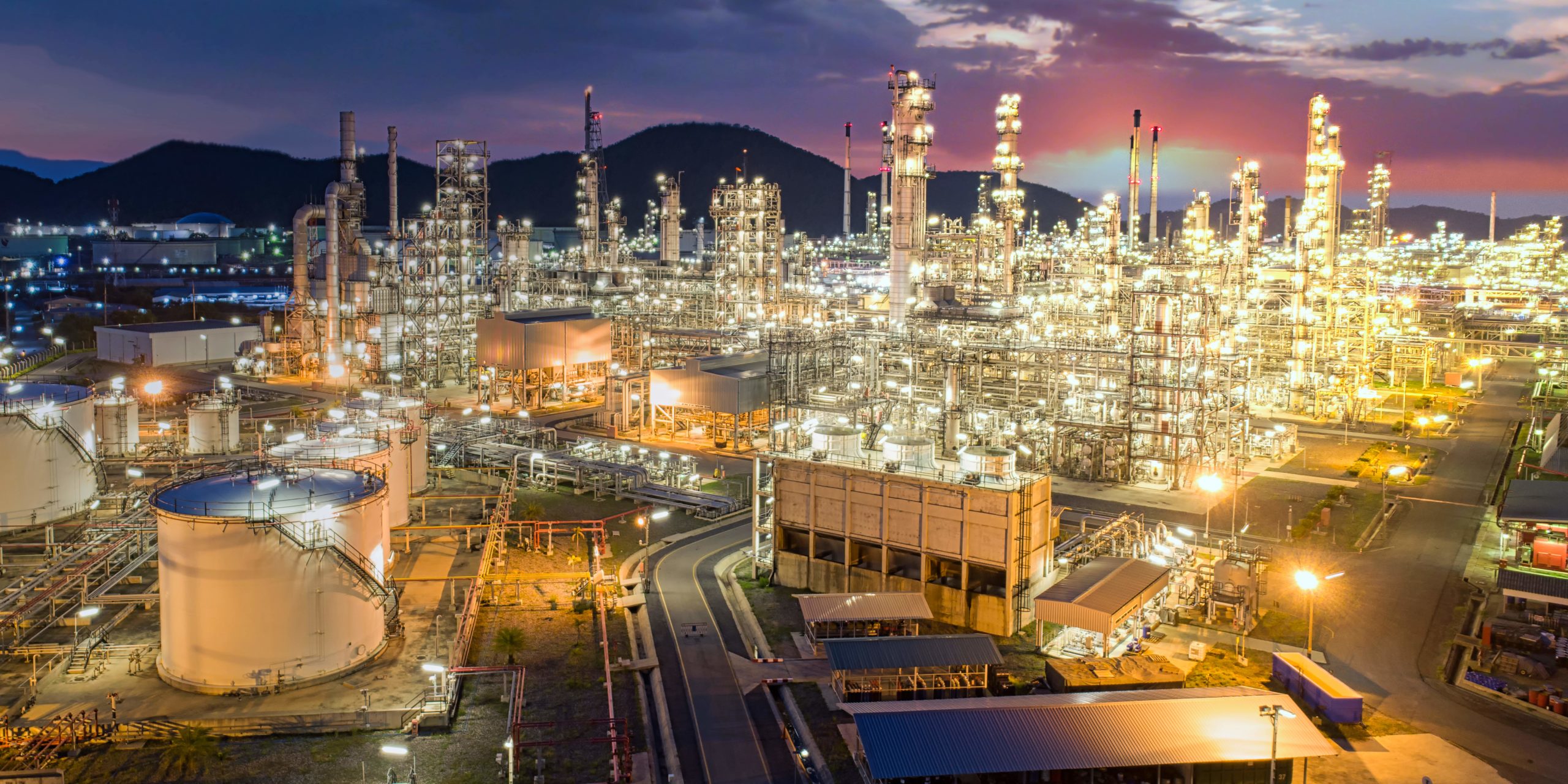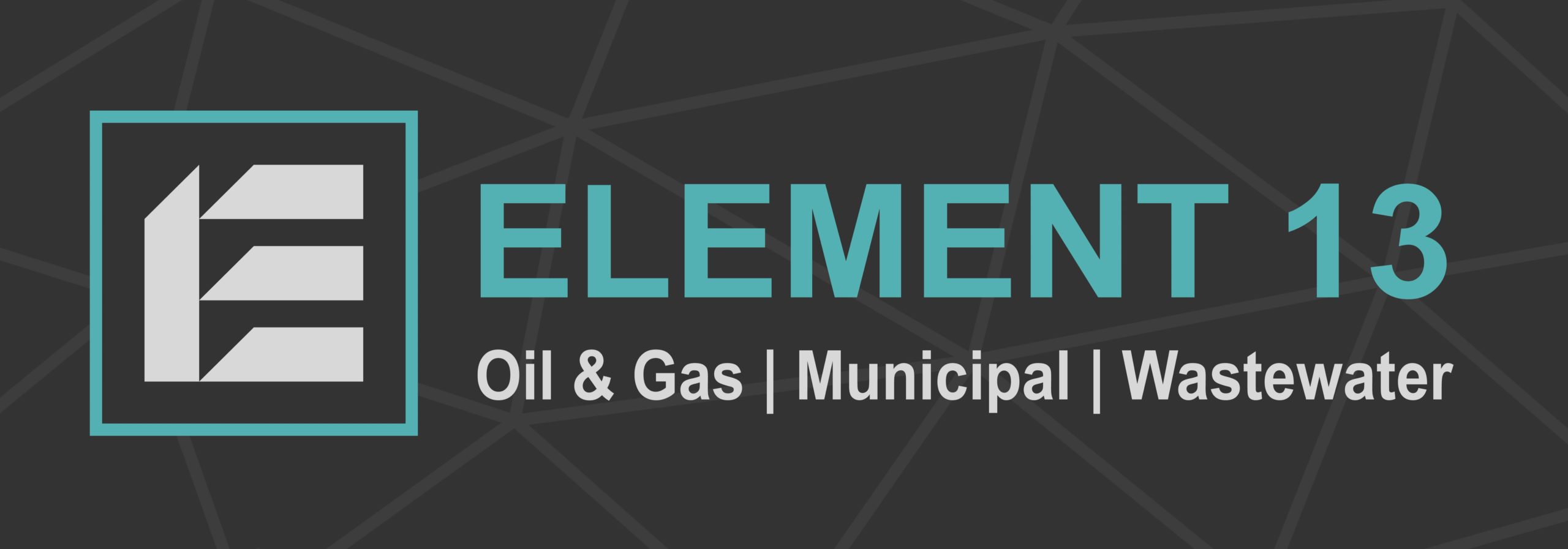Texas is suffering a major heat wave. Three-digit temperatures are straining the state’s grid and earlier this month prompted ERCOT, the Lone Star State’s grid operator, to ask Texans to conserve energy. It also severely affected wind power generation.
Bloomberg reported this week that wind turbines in Texas are operating at just 8 percent of their capacity because of low wind speeds. This is really unfortunate because demand for electricity is on a strong rise because of the weather.

There is a certain irony that the biggest wind energy generator in the US cannot utilize its capacity to serve its citizens at a time of peak demand. But it is certainly no surprise that this is happening. Wind power generation depends entirely on the weather; when the weather is unfavorable, generation drops.
Vestas and Ørsted, the world’s turbine manufacturing leaders, both said their financial results for 2021 were affected by low wind speeds. The industry is not hiding the direct relationship between wind output and wind energy output. Politicians, on the other hand, would much rather not talk about it.
When the Texas freeze left thousands without power for hours and, in some cases, days, critics slammed the overbuild of wind turbines in the state because they froze during the cold spell. In truth, so did gas wells, and so did gas-fired power plants. It was everyone’s fault that Texas froze. Both fossil fuels and renewables failed. But while gas-fired plants can be winterized, turbines will not turn when there is no wind.
“A combination of extreme peak demand, low wind, and high outage rates from thermal generators could require system operators to use emergency procedures, up to and including temporary manual load shedding,” the North American Electric Reliability Corporation said in its Summer Reliability Assessment report released earlier this year.
The report made references to solar farm shutdowns in Texas and California last year, saying these disrupted the operations of conventional power plants and caused outages. The shutdowns were caused by power inverters: devices that connect wind and solar farms to high-voltage lines. Unless correctly programmed, these can—and did—shut down, causing a grid disruption.
For more information visit www.eia.gov
















